How to Fertilize a Lawn: Our Method – Sembrar100
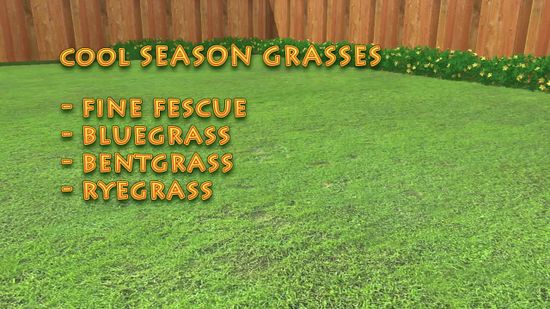
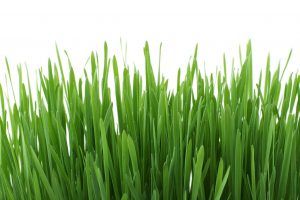 Although you see the grass there, so extensive covering the entire garden, there are many things that happen around it and it needs protection.
Although you see the grass there, so extensive covering the entire garden, there are many things that happen around it and it needs protection.
You offer this protection with a good fertilization practice, since it helps you to be healthy, green up in spring and stay free of diseases.
Not many know how to fertilize the lawn correctly, either because they think they don’t need it, or because they have never done it before. And regardless of which case you find yourself in, you have come to the right place because in the following lines we will discover everything that this topic encompasses. Are you coming?
Why is it important to fertilize the lawn?
The subscriber of the lawn is a priority task if what you are looking for is that it always stay green and rejuvenated.The lawn goes through multiple situations that affect its structure, either due to the pruning that is done to keep it at the correct height or due to all the day-to-day activities.
Especially between spring and summer, the lawn goes through one of its busiest periods: barbecues, children running, reading in the afternoon, etc. All of this has a negative impact on its structure and makes it look weaker and disproportionate.
Fertilizing with essential nutrients, above all, is essential to correct all these problems.
How often should we pay the lawn?
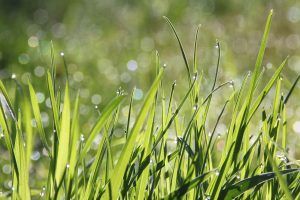 The frequency of paying a lawn will range from 2 to 4 per year depending on the conditions of each space.
The frequency of paying a lawn will range from 2 to 4 per year depending on the conditions of each space.
Normally, you make a subscriber during the spring and then another in the autumn to cover the period of greatest activity.
However, when subjected to heavy traffic, games, poor ground conditions, etc. it could be beneficial up to 4 subscribers.
The same will apply in case you have to subject it to many annual pruning.The important thing is to know the conditions of the land, because you should already know that an excess of subscriber could be harmful.
A good way to work is with the pH assessment, since it gives us information about the levels of nitrogen that will need to be provided and the type of fertilizer to use. For example, compost is usually a highly acidic fertilizer and lawns need slightly acidic soil, so be on the lookout.
What nutrients does the lawn need?
The essential turf nutrients are Nitrogen (N), Potassium (K), and of course Phosphorus (P).Because of the type of plant that grass is, nitrogen is especially important for its correct growth, but if you exceed the amount, you could have a small messy and ugly forest.
Potassium, on the other hand, helps a lot to withstand the climate changes that occur during the year, especially when the cold arrives.Magnesium (Mg) is a valuable nutrient in this case because it is involved in the formation of chlorophyll, which will help make the lawn very green.
And, finally, calcium (Ca) because it is what helps the roots of the plants to absorb the rest of the nutrients decisively. Of course, these five are not the only nutrients that are needed, but they are the most relevant in the case of this species.
What type of fertilizers does the lawn need?
For a better absorption of nutrients and to prevent the lawn from suffering from overnutrition, it is interesting to take advantage of slow-release fertilizers.These help the nitrogen to be released little by little, so the change in the lawn looks more organized and beautiful.
It is important to note that there is no single fertilizer proposal for this case, since lawns are varied and each one has its own requirements. You can work on this with a soil study for greater clarity in the data.
How do we prepare fertilizer for the lawn?
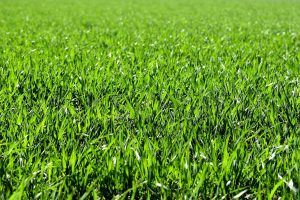 Taking as a basis that the grass usually covers more or less wide extensions of land, it is necessary to use a fertilizer that is effective and low cost.
Taking as a basis that the grass usually covers more or less wide extensions of land, it is necessary to use a fertilizer that is effective and low cost.
To do this, there are many organic alternatives that help in this task, such as the guano you get from chicken feces.
Manure is also an excellent alternative that will provide, above all, the nitrogen necessary for the lawn to remain strong and healthy. Seaweed can be very useful in certain scenarios where you have a calcium deficit, for example.
How do we detect if the lawn needs fertilizer?
The lawn can give certain alarms that it needs to be paid as soon as possible, although the most favorable thing is to establish an action regimen before this happens. Among the symptoms that show a lack of nutrients are:
- Color: a well-nourished lawn will appear green and vigorous. When it starts to lose color and turn yellow or brown, it may be due to a nutrient deficiency.
- The growth of moss: moss is a matter of concern in many gardens and at the same time it is a signal that informs us of problems with nutrients, since it grows when there is a nitrogen deficit. If you see that it advances without brake, it is time to pay.
- Lawn pests and diseases: When the lawn has suffered from disease or pests, applying a quick-release fertilizer may be the best option to help it green up very quickly.
Fertilizing the lawn is a proper task of its care when you want to have it green and beautiful during all possible time of the year. Although it may seem that it does not need it because of the type of plant it is, keep in mind that the grass also has roots that need to be nourished.
In soils that are fertile it is unlikely that you will need to apply fertilization the first few years, but that does not mean that you will forget it later. It’s all a matter of planning and knowing what your lawn is like and the conditions of the substrate, since a good result will depend on both.
Bibliographic references
- Lawn fertilization, I PUEYO – Horticulture, 1990 – mapa.gob.es
- The ornamental grass, A Vavassori – 2017 – books.google.com
- The lawn. In gardens, parks and sports fields, J TISCORNA – 1977 – sidalc.net
- Fertilizer tests in natural grass in Santander, JR Eraso – Pastos, 2011 – polired.upm.es
- Autumn Turfgrass Nutrition, J Palau–TGM. design, construction and maintenance of…, 1995 – sidalc.net
Maybe you are also interested in:


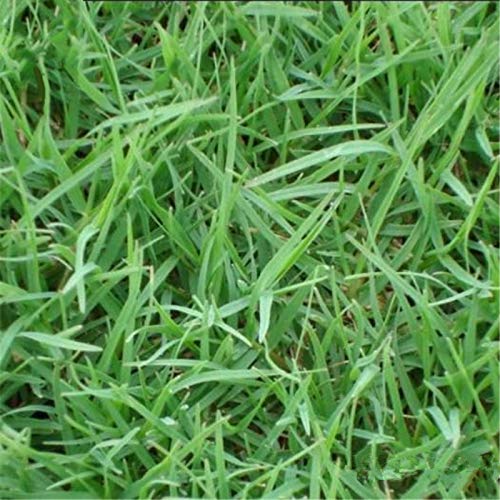
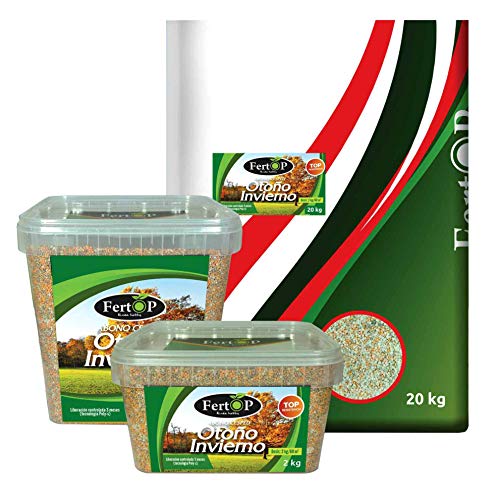
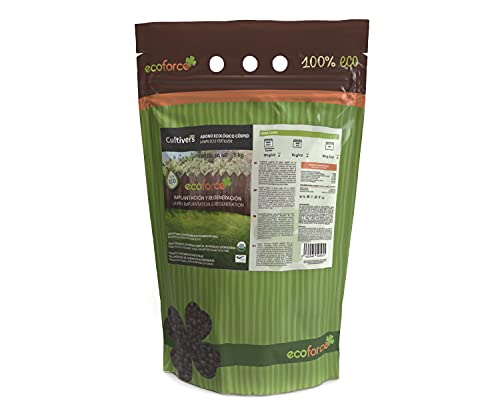
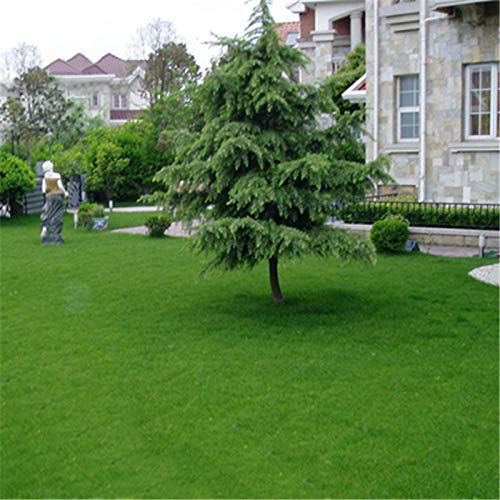


![Photo of How to Plant Blackberry: Complete Guide [Images + Steps to Follow]](https://www.complete-gardening.com/wp-content/uploads/2022/08/how-to-plant-blackberry-complete-guide-images-steps-to-follow-390x220.jpg)
![Photo of Prune Hibiscus: [Importance, Time, Tools, Considerations and Steps]](https://www.complete-gardening.com/wp-content/uploads/2022/08/prune-hibiscus-importance-time-tools-considerations-and-steps-390x220.jpg)